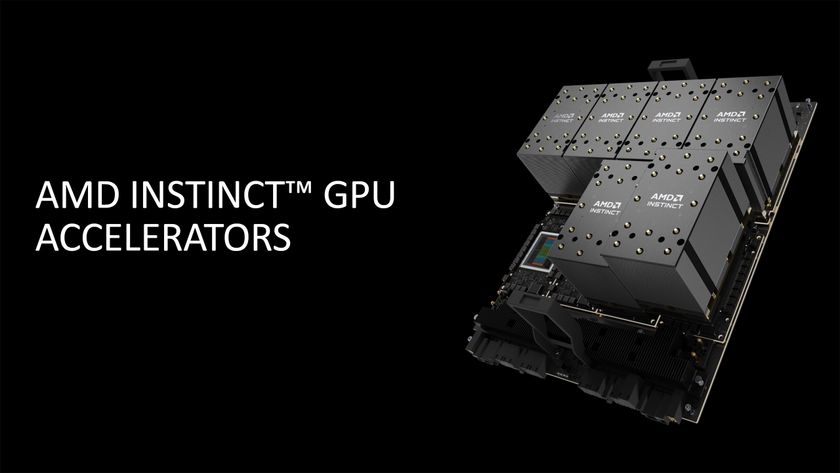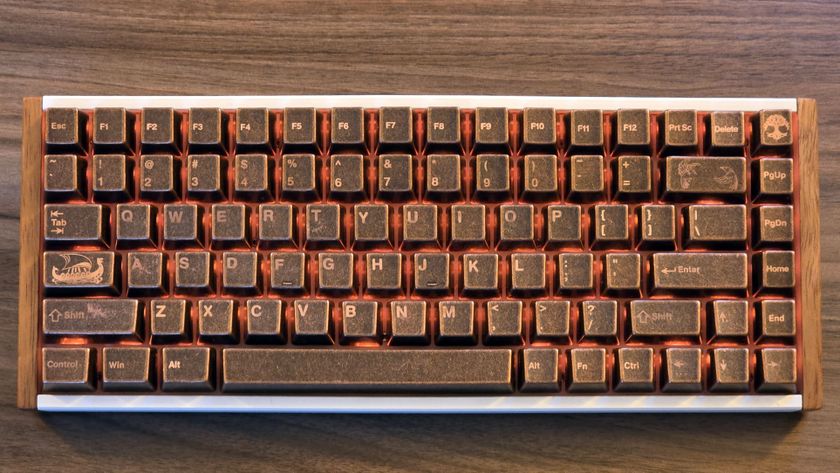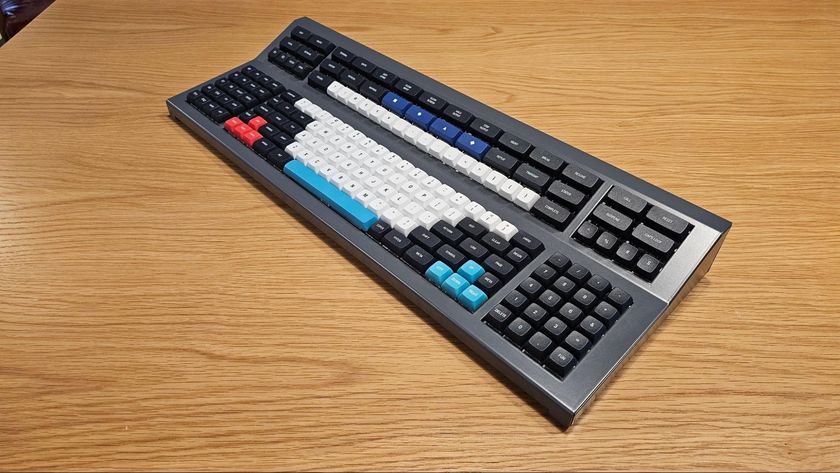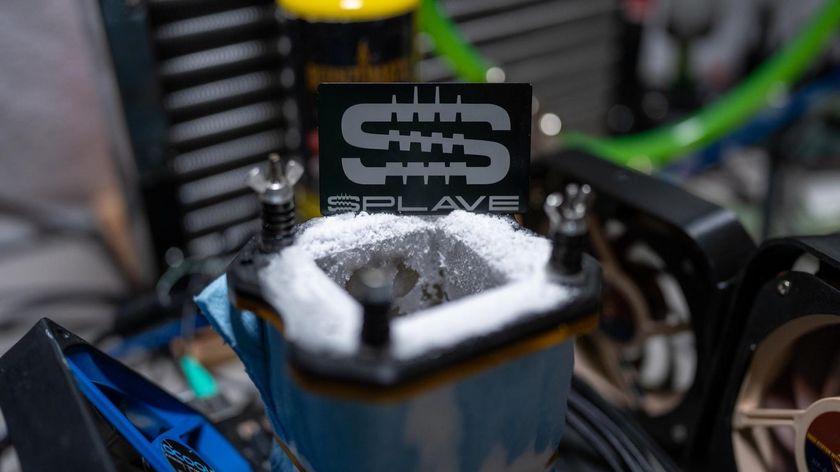SATA Spells Trouble for SCSI RAID: Five Controllers Put to the Test
Broadcom/Raidcore BC4852

When Raidcore released the first SATA RAID controllers based on the Fulcrum software architecture - called XelCore today - many people did not appreciate what the company had created, since the product did not have any hardware acceleration. Later on, Raidcore became a part of Broadcom, which is why the products was renamed to BC4000.
The BC4000 offers an impressive list of RAID features that still is unmatched today - although both Areca and AMCC/3Ware have come very close. Besides 'ordinary' features such as online capacity expansion, RAID level migration, controller spanning (multiple card support), multiple array support, and staggered drive spin-up, Broadcom also supports somewhat sophisticated features.
Mirror splitting allows you to hide array mirrors, practically creating an offline array backup for disaster recovery or dedicated backup purposes. The option of making a spare drive a so-called "distributed spare" allows a single spare to replace defective members of different RAID arrays (though it can't yet act as a spare for two RAID arrays at a time.) In addition to these elaborate features, Raidcore supports by far the largest number of possible RAID array configurations, though RAID6 would be a great addition.
Be careful when shopping for a Broadcom/Raidcore card, as the company sells a single design that hosts three different product variations. As the cards are based on a complex software layer, the entry level versions will look like the higher-end parts, but simply come with fewer features enabled. The BC4810, to name only one, only supports RAID 0, 1 or 10.
Unfortunately, Broadcom updated its software on October 17, and by that time our tests were already done. These add support for 64-Bit Windows Server, and remote management.


Stay On the Cutting Edge: Get the Tom's Hardware Newsletter
Get Tom's Hardware's best news and in-depth reviews, straight to your inbox.












